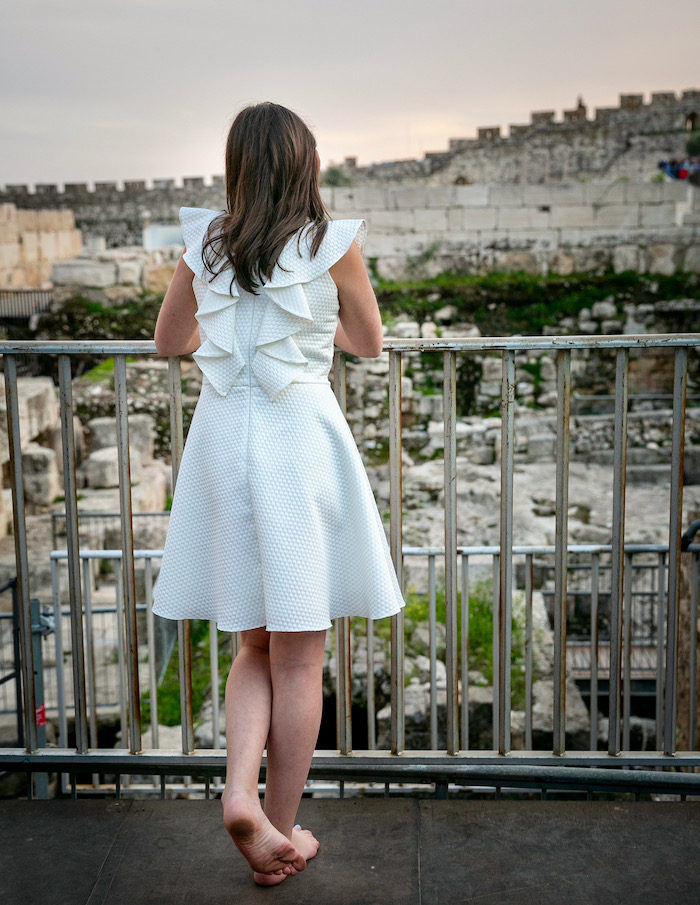Sarasota’s a town where many smart people choose to retire. One of them is David Houle. He bills himself as a “futurist, speaker, thinker” and writes a monthly column in the Herald Tribune. I usually skim columns and try to absorb the gist. Not so Houle’s latest. I read it word for word, then sat back, took a deep breath and decided to share his insights.
Houle introduced a term we’ve experienced on a gut level this past year: cognitive dissonance. Houle defines it as “the conflict between what one thinks reality is and what it actually is.”
Whew. If that doesn’t describe what the world’s been going through.
Houle explains, “…The reality you expected for 2020 was not what actually happened. Instead, you were in familiar surroundings at home with familiar people, but there was danger outside, your workplace was now at home. Your vocabulary expanded to include ‘social distancing,’ ‘double-masking,’ ‘vaccines,’ ‘COVID-19,’ ‘quarantines’ and ‘shutdown.’ And, of course, you went out at odd hours to find toilet paper, paper towels and, if you were lucky, antibacterial wipes. What is this reality?”
Collectively we’ve suffered staggering losses. The loss of friends and family to an invisible enemy. The loss of freedom to casually move about, to gather in a restaurant or go on date night to a movie. The loss of the ability to simply board a plane and alight in L.A. or Paris or Rome.
In last week’s WSJ, Candace Taylor writes poignantly of losing the everyday companionship of a best friend and neighbor. Due to the pandemic, her friend left Brooklyn for the safety of a summer cottage. She decided to stay. Taylor concludes, “The virus took all our plans and assumptions about the world and tossed them into the air like confetti. It turned leavers into stayers and stayers into leavers. But mostly, in ways life-shattering or simply just sad, Covid robbed us of our people.”
Burton’s and my personal losses predated the pandemic. With my husband’s brain surgery in 2018 and resulting stroke and partial paralysis, our reality had already shifted. Our big and social life of travel, fashion, restaurants and parties shrank overnight. Talk about cognitive dissonance. When quarantine became the norm, we’d already faced (“adjusted” would be too generous a word) our new reality.
One of the hardest moments for me predated the pandemic. Granddaughter Camryn celebrated her bat mitzvah in Israel in 2019. The rest of Andy and Amy’s family traveled there for the occasion. Burton and I witnessed the celebration on Zoom from our house in Franklin. MI. Better than nothing. Still, no comparison to being there in person with hugs and joyful tears, surrounded by the ancient limestone walls and worn pavers of Jerusalem.
But Covid has taught us new ways of coping. We appreciate each other more than ever. We treasure what get-togethers we can. We find new ways to spend our time.
For me, two things have made our looooong quarantine more bearable.
At the start of the pandemic, I began work on a coffee table book about collecting art from Detroit’s first avant-garde art movement. Recalling experiences I’d had and art friendships I’d made, especially with dealers Jackie Feigenson and Mary Preston, allowed me to travel back in my memory. Detroit’s Cass Corridor & Beyond; Adventures of an Art Collector will be published this year by Read the Spirit, publishers of my second book, Godsigns, and of this column. I hope you’ll enjoy it.
I also initiated a practice of meditation. For 15 minutes each morning, I focus on my breathing. Messy, uninvited thoughts bounce around my brain like kids in a puddle. But I keep trying. A meditation instructor said that when distracted, “Simply begin again.” And so I do. Over and over. I’m convinced it’s helped to smooth the rough edges.
Psychologist Emma Seppala, Ph.D, recommends breathing as “the little known secret to peace of mind.” She recommends a simple exercise she claims slows your heart rate and lowers blood pressure. Inhale as normal then exhale through mostly closed lips twice as long.
16 years ago, in treatment for stage 4 cancer, I was freaking out over what I perceived as my imminent demise. At the time, a wise psychologist asked how I was feeling that very minute. “Okay,” I said. “Try to stay in the moment,” she advised. Meditation helps me do so.
On another happy note: in a few days, youngest granddaughter Lindsay will be bat mitzvahed in Glencoe, IL. A lot closer than Jerusalem. The good Lord and United Airlines willing, I’ll be there.
The theory of cognitive dissonance is credited to social psychologist Leon Festinger. In 1957 he proposed that inconsistency among beliefs or behaviors creates psychological tension. Tension causes us to change inconsistent behaviors, reducing dissonance, or add behaviors to restore consonance. Meditation helps improve consonance– a fancy word for peace of mind.
According to Houle, even before Nasty Nineteen reared its unwanted head, we were in for rough going. In his new book, The 2020s: A Decade of Cognitive Dissonance, Houle cites the climate crisis, the future of artificial intelligence and global wealth inequality as other issues likely to create disruption. That’s not counting humanitarian problems at our border, the political divide in this country, astronomical national debt and other unforseen issues.
Namaste, earthlings. We’re still in for a bumpy ride.
Keep breathing.
Keep reaching out.



Suzy, thank you for sharing your authentic experiences and vulnerable responses. Seeking new perspectives as you care for your family and yourself is a model for us all.